😉 Greetings to everyone who wandered into this site with a feeling of nostalgia for Taganrog. Friends, looking at junior schoolchildren with smartphones, sometimes I think how ancient I am, remembering my childhood and old Taganrog …
Taganrog is a city in the Rostov region, a port on the shores of the Azov Sea.
Taganrog city: memories
Our house
We lived in a house on Svoboda Street No. 11-1, once built for the workers of a combine plant, not far from the Torpedo stadium. In my childhood, it was house number 28. At first, our room in a communal apartment was in a semi-basement room.
Looking out the window, one could see the legs of people passing by. And after three years we managed to get to the surface of the first floor.
There was no gas in the communal kitchen. For cooking, every family had a kerosene stove or kerosene gas. These are heaters that run on liquid fuel (gasoline or kerosene).
The place of sale of kerosene was a huge stationary tank with a crane. This cistern was located at the intersection of Kolkhozny Lane and Prokhladnaya Street, not far from the Old Cemetery and Vodokanal.
Our family consisted of my mother, older brother and me (my father died when I was two years old). We usually woke up at six in the morning to the sound of the radio anthem of the Soviet Union. Mom went to work, and my brother took me to kindergarten with two trams with a transfer. I am five years old, my brother is ten.
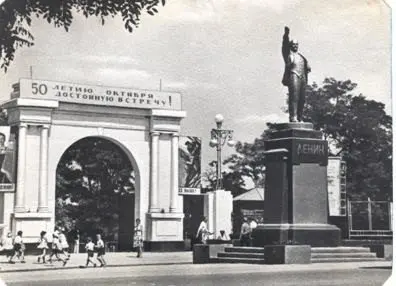
1967 year. Lenin Street. At the entrance to the Gorky Park
Our house was a fifteen minute walk from the sea. The boys’ summer clothes were limited to satin black panties, no shoes. To the sea and in the yard, barefoot. Sandals or boots for “formal” events. All day long we disappeared at sea. We swam, dived, sunbathed.
And in my childhood there were no tights. Children wore cotton stockings that were attached with elastic bands to a flannel bodice (sleeveless jacket with buttons on the back). There was also such an expression “to fix a suit”, “to fix boots”, which translates as to buy a suit, buy boots.
Slingshot
The boys made scooters, instead of wheels – bearings and made wooden stilts and slingshots. A slingshot is a small-arms weapon in which a projectile (pebbles, bullets) is thrown at the expense of the energy of a tourniquet or elastic band.
According to the ideology of the USSR, a slingshot was considered the main attribute of a bully, but every boy had a slingshot.
“Recyclable materials”
In the courtyards of apartment buildings, “Vtorsyryo” vans came to buy waste paper and rags (old clothes). All this raw material was exchanged for primus needles, laundry soap and children’s toys (kaleidoscopes, little dolls, bouncing balls with an elastic band).
There were cases, while the parents were not at home, the children took out normal things from the closets and exchanged them for toys!
Even craftsmen walked around the courtyards, shouting to offer their services, “Sharpen knives!” “Fix the pots and buckets!” “Tinkering, soldering!”
In secluded courtyards, children made halabudas and booths for homeless animals. Halabuda was called a hut made of boards, plywood or sheets of cardboard, which was masked with tree branches. Even in such halabuds, dogs were hid from “flayers” – people who caught stray dogs for destruction.
Breakfast on the grass
I remember the picnics that the children had in the courtyards. A common “table” was served on the grass covered with beddings (old bedspreads). It was nice to eat outside with friendly company.
I remember such a dinner on a sunny May day. The newspapers are covered with dark bread, green onions, fried gobies or a local silvery tulle, boiled eggs, crumb of bread, grated with garlic. Everything was eaten with lightning speed. Nobody complained about poor appetite!
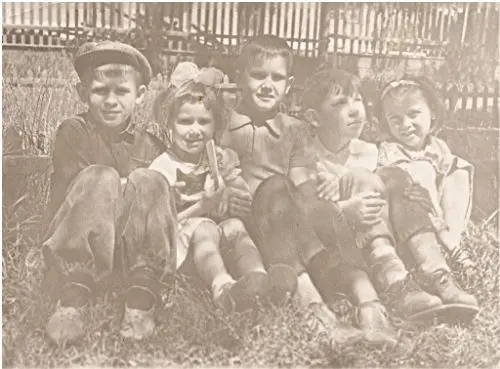
Friends. In the courtyard of our house
A big secret
“Come on, I’ll show you a secret.” This meant that now they will show a composition of small lawn flowers. They were beautifully laid out in a hollow under a bush and covered with a transparent glass shard sprinkled with earth.
It was observed with great curiosity how a child’s hand raked the layer of earth, under which there was a beautiful “secret” or “collection”.
Children’s memory recorded a joyful day on April 12, 1961. Day of Yuri Gagarin’s space flight. People were overwhelmed with pride for our country! We are first! Sunny warm day. From the open windows, the voice of a radio announcer with an important message. Children and adults looked into the blue sky, as if they hoped to see a rocket with Gagarin there.
School
What school did the children of our yard go to? Of course, at school number 14. It is literally a stone’s throw from home. School number 28 was considered more prestigious, but the 14th is near! And parents have fewer problems.

At school, I found a period when they wrote only with fountain pens. We made pens and ink transfer bags. The desks had a round indentation for inkwells. There were no cellophane bags in those days either, parents sewed bags for their schoolchildren for replacement shoes.
In the USSR, ballpoint pens became widespread in the late 1960s. Refills and writing assemblies were in short supply. Therefore, filling the rods with paste was organized for the population on the basis of household appliances repair shops.
Products
Milk and kefir were sold in glass bottles with a wide neck, which was closed with a foil lid. Empty bottles were returned at 15 kopecks apiece. But they bought more draft milk in stores. For this, there were aluminum or enameled cans.
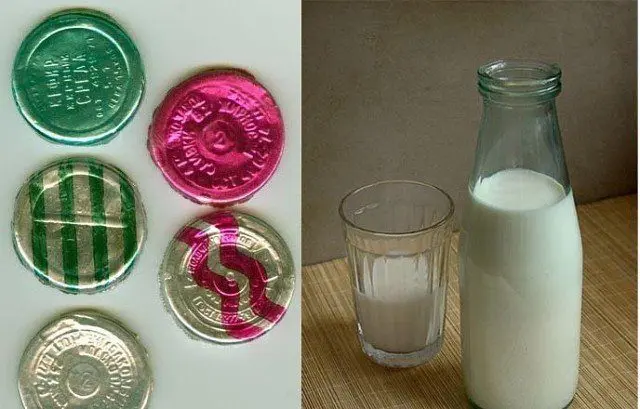
Everything tasted better as a child. Round white bread is 26 kopecks, and dark bread is 16 kopecks per “brick”.
People of my generation often think of ice cream as a child. Eskimo on a stick “Leningradskoe” for 11 and 22 kopecks. Delicious! A hot lunch at the school buffet consisted of a juicy sausage, mashed potatoes, half a pickle, a glass of cocoa or tea with a crust.
And all this cost “big money” – as much as 15 kopecks! And pies with liver for 4 kopecks apiece?
Old Taganrog is a fish town. Black caviar was in bulk! It was sold everywhere: in bazaars, in stores, and even went from door to door, offering to buy half-liter jars of caviar.
Imagine: a bazaar. On the shelves, caviar in piles, glasses, cans. Sliced bread next to the caviar. Come, try, buy! And prices that were affordable for everyone!
Favorite dining room
In 1915, the Russian-Baltic Shell Plant (later the Combine Plant) was founded in Taganrog. For the workers of this plant in 1916, a three-storey residential building with high ceilings was built. In this house, at st. Instrumental 23-1, there was a dining room and atelier.
At the corner of this house was the entrance to the dining room (now there is a hairdresser “Juno”). Going down the wooden stairs, we got into a large semi-basement room where the dining room was located.
As children, we often visited her to collect bread and salt there. There was always a large aluminum bowl on the table against the wall, filled with sliced bread, for which there was no need to pay at the cashier. Bread, salt, mustard – “eat it, I don’t want to”, it’s free!
The house is 2016 years old in 100! But in the same year it is planned to be demolished. Some of the residents have already been resettled by the city administration. The house survived the revolution, the Great Patriotic War, from the outside it is strong. Something is wrong inside, the beams are rotten …
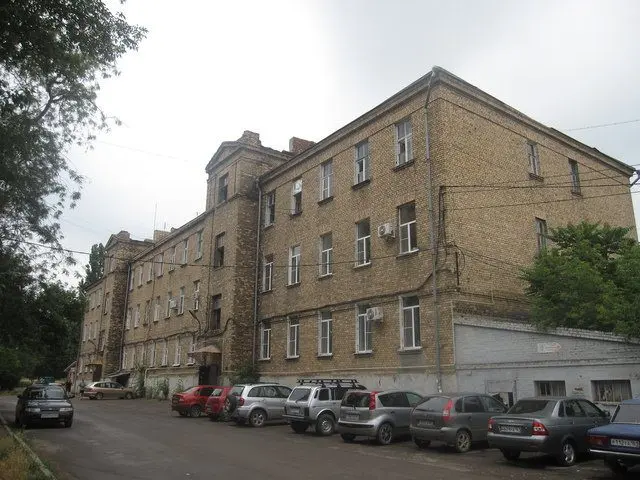
House on 23-1 Instrumentalnaya street. Built in 1916.
It’s a pity. To fix it! It would be a good hotel in English style near the sea!
The indigenous people of Taganrog call the shops in the old way: “Zarya”, “Ogonyok”, “Ogurchik”, “31st”, “26th”. There were famous shops “Golden Key” and “Shchelka” (a narrow wine and vodka store) on Lenin Street (locally, Leninskaya Street).
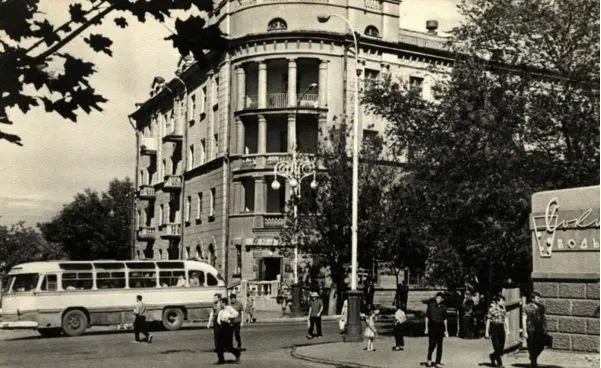
Taganrog. Corner st. Lenin / A. Glushko
Magic box
In the late 60s, not everyone had TVs. Therefore, the neighbors gathered together “on TV”. On Saturday nights we watched Ogonyok or Zucchini 13 Chairs. I also asked to be “on TV”. Together with friends we watched the cartoons “The Scarlet Flower”, “The Enchanted Boy”, “In the Land of Unlearned Lessons” (where one and a half diggers are).
“There will be no keen, the cinematographer is ill”
Nowadays it is convenient to watch movies and series on TV and the Internet. Sit at home, drink tea and watch. But people remember the old days with nostalgia. We talked more in the “Age of Cinemas”. You can’t get tickets for movie premieres. The auditoriums are overcrowded, cinemas were in demand!
Old Taganrog: remember the cinemas – Rot-Front, October, Komsomolets, Rodina. Summer cinemas “Artyom” and “Cosmos”.
And the films of that time! “Angelica”, “Fantomas”, “Let them talk”, “Generals of the Sand Quarries”, “Razinya”, “Romeo and Juliet”, “Iron Mask”, “Two Captains”, “Prisoner of the Caucasus” …

Cinema “Rot-Front”. Now here is the store “Letual”
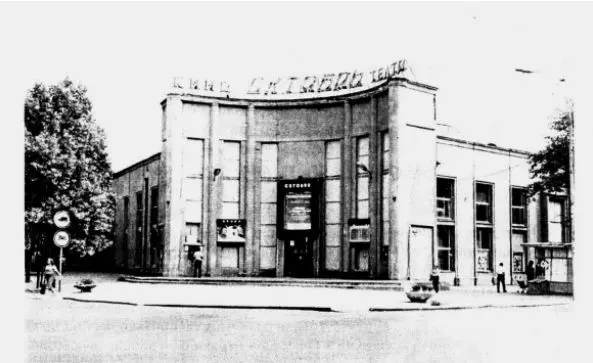
Cinema “October”
What an ancient I am! Previously, once a week in the evenings, they brought movies to the courtyards. A screen was attached to a suitable wall, huge sound speakers were installed, a buzzing movie camera was launched, and the film began.
Spectators – residents of the house with great pleasure watched films in courtyard cinemas, bringing with them chairs, stools, benches. And everyone snapped the seeds! It was fun, especially when watching comedy films.
First refrigerators
Before the advent of the first refrigerators, people stored food in the following way. In the spring-autumn-winter period, the products were placed in a “string bag” net and hung out of the window. And for storing pots with grubs, special shelves were made, which were attached to the outer window sill (outside the window).
Looking at the windows of the houses, one could see the cherished nets and shelves with food. It was risky for the residents of the first floors to place their products outside the window and they turned to the neighbors of the upper floors.
Great wash
I recall with horror the time when there were no washing machines. Washed in basins or tubs using a washing (ribbed) board. To bleach the laundry, it was boiled in special zinc boils. And when rinsing the linen, they added blue. The most difficult thing was to unscrew (squeeze out of the water) the duvet cover. It was a “fight with a boa constrictor”!

Previously, the bottles were not thrown away, but exchanged for money 12-15 kopecks apiece
Go to the bathhouse!
There was no hot water in the communal apartments. We washed in large basins or troughs, right in the rooms. The water was boiled on a stove stove. But there was a strict tradition to go to the bathhouse once a week. The bathhouse was located at st. Freedom No. 20. There was a stable behind the bathhouse. After paying to the cashier (in my opinion, 20 kopecks per person), everyone was given a zinc basin.
You had to have soap and a washcloth with you. The bathhouse was a large hall with tiled walls and the same floor. On both sides of the hall there are 5-7 open shower cabins, several wooden benches. There was thick steam from hot water, the smell of soap and steamed washcloths.
Old Taganrog: funeral
Previously, they were buried in the old cemetery of Taganrog, and since 1971 this cemetery has been closed for burials.
What an ancient I am! I remember old Taganrog and the horses that drove the funeral carts along the roads of the city. The cart was covered with carpeted burgundy-green paths, a coffin was placed on them, but trucks were used more at the funeral.
All sides of the body were opened, on an open surface – carpet tracks and an installed coffin. The funeral procession followed the truck or wagon slowly to the sad sounds of the brass band. Passers-by stopped, asking each other who they were burying.
The men took off their hats. At the funeral, a brass band was almost always sounded, but gradually it became history …
Swallows
Old Taganrog remembers swallows! There were many of these birds. They built their nests in the corners of the windows, then chicks appeared. People who were hindered by such “neighbors” attached vertically cut paper or newspaper to the vents. From the slightest breeze, she set in motion, scaring away swallows and insects.
But in recent years, I have not come across cute swallows. They left old Taganrog, flew away in English, without saying goodbye. Swifts remained.
Old Taganrog
And home is better!
Traveling to many countries, I was lucky enough to visit Paris, London, Rome, Venice, Florence, Edinburgh, Jerusalem. These are really the most beautiful cities in the world, again and again I would like to return there. But the city in which you were born, live and work is dearer to your heart.
Taganrog is such a city for me. Here are my friends and acquaintances. Here is the emergency hospital, where I was saved from death several times.
With life experience, I realized one thing: you can live everywhere, but the main thing is not WHERE to live, but with WHOM. There are loved ones, there are friends with whom I agree to live even on the island. And I will tell you that there is no nationality – there are only people. Good or bad. In any country. But that is another topic…
😉 Old Taganrog (local dictionary):

- apolonik (polovnik);
- beetroot, beetroot (beet);
- a loaf of bread (loaf or loaf),
- balloon (3 liter glass jar),
- Bugudonia (Taganrog region);
- kuzik- (cigarette butt);
- in kusher (in bushes, thickets ..);
- “You’re standing up? Are you going? ” (question in transport – are you leaving?);
- sparrow. Jew (sparrow)
- attic;
- dushman (a hybrid of a crucian carp and a carp);
- prattle (irritate, tease);
- buzzer (furnace slag, ash);
- zhakt (housing and rental cooperative partnerships 1924-37);
- zhmenya (handful);
- perches (small variety of apricots);
- redneck (greedy person),
- look (look),
- get caught (hide);
- zakotsubut (freeze),
- kurkul (wealthy person),
- ball (package);
- Kasperovka (Taganrog region);
- kugut (stupid, uneducated person);
- corridor (corridor);
- tavern (pumpkin);
- kabyzdoh (huge yard dog);
- kuyovdat (delay);
- la (look or look, look (verb in the imperative);
- lisapet (bicycle);
- lushpayki (husk from seeds).
- young woman (young woman);
- mullet (silt);
- one apple (one apple);
- go to the city (to the center);
- salt (eat salted, dried fish);
- over the fence (along the fence);
- attacks (steps);
- sub-calculation (without change);
- sula (pike perch);
- blue (eggplant);
- Sobacheevka (southwestern region of Taganrog);
- days (narrow passage between houses);
- buy up (make purchases);
- tyutina (mulberry);
- lay with balls (in cooking, lay in layers);
- Leninskaya street – Lenin street
- cybarka (bucket);
- chuvyaki (slippers),
- chebak (bream);
- shibzdik (a person of small stature);
- skin (peel).
😉 Friends, I will be glad for your memories of old Taganrog, comments, additions, advice to the article: “Old Taganrog: memories of childhood and youth”. Thanks!









